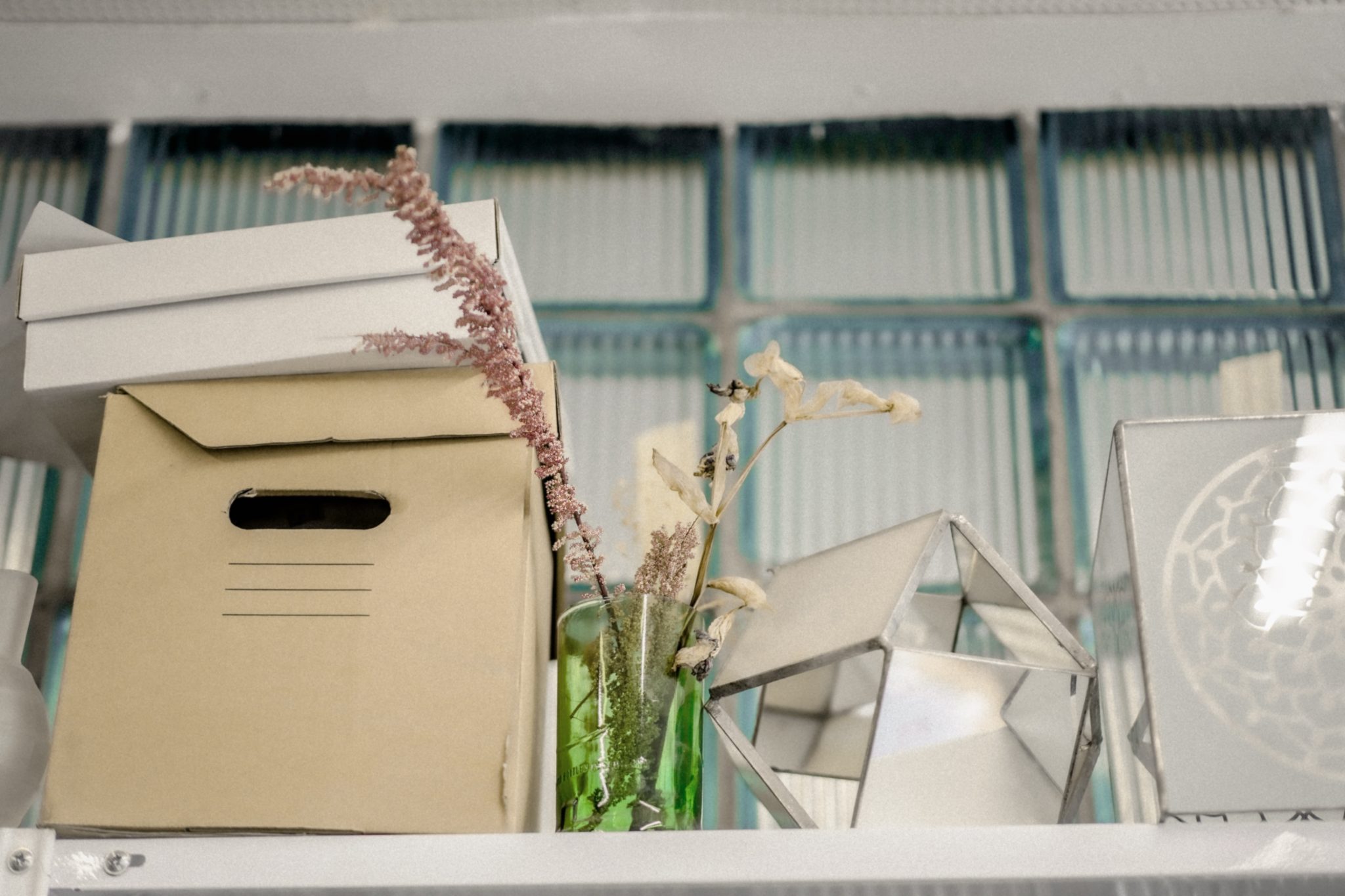November 4th 2021
Planning on moving offices can be such a difficult task for any business owner. It can be necessary for a number of reasons, such as taking on more employees and needing a bigger space, down scaling, and requiring less space and lower overheads, or simply just a nice change of scenery to boost office morale. Whatever the reason is for the big change, we’ve put together a handy office move checklist, so you know exactly what is needed when preparing for an office relocation.
Step 1: Finding Your New Office Space
Before anything else, need to actually find your desired new office location. Evaluate the requirements of your business to make sure you’re choosing the right office space. Taking into account how many desks you’ll need will take a lot of the headache out of this part. Review the lease on your current office and ensure all of the paperwork on your new lease is submitted and pending. It’s best to allow up to 6 months while you plan your office move. We’ve got a fantastic selection of serviced offices in Dublin and serviced offices in London that you can browse through using our free office search platform!
Step 2: You’ve Found Your Ideal New Office – But What Will It Look Like?
Designing and creating your new office is one of the most exciting things about moving offices. Whether it’s an all-inclusive serviced office, or putting your brands’ stamp on the space with a managed office. There’s a lot you can do to really make a space feel personal to you and your company. You can create mood boards to decide on colour schemes and branding opportunities. Enlist professional interior designers to help set the scene, and even choose desks and chairs that fit with modern office furniture trends. On top of all this, there are even apps that help with office management!
Step 3: Put Together a Project Plan – or a Personal Office Move Checklist
A checklist within a checklist! As part of moving offices, you should keep on top of everything from moving dates to quotes and overall costs. This is why we suggest putting together your own mini office move checklist – which will help you keep track of everything that’s been done, and yet to be done. It should include quotes from moving companies on how much equipment you need to move and how much it will cost, insurances for key items such as computers and furniture, as well as rental costs and expected overheads in your new space. You can also keep an eye on your expenditures here, as so many numbers can quite quickly get a little overwhelming.
Step 4: Spreading Responsibility Across Your Team
An office move doesn’t just affect those at the top of the company. It should be thought of as a group effort for you and your employees. Putting together a plan of action and getting everyone onboard to play key roles in the move is a great way to keep track of everything before the big day. Delegate tasks to your team to relieve the burden of solo planning. Someone to plan the equipment move, someone to keep an eye on costs, someone to fill out the paperwork. A team effort is the best effort!
Step 5: The Equipment Move – Planning Your IT Relocation
A key part of any functioning business is the IT – computers, phones, internet access. It all plays a vital role in modern businesses, and when moving offices, can sometimes be an afterthought. It’s okay getting it all there, but you need to make sure it’ll work! Placing computers in specific places so they have internet access (whether wi-fi or ethernet), is critical, as well as making sure phone lines are up and running from day one. This all needs to be thought-out meticulously, so you don’t run into any hiccups from under planning around your electronics on the other end.
Step 6: Packing Up Your Old Desks
Ideally, every employee should be responsible for packing up their own desk and belongings in the old office before the move. This ensures that no personal items are left behind, as each person should have their own checklist of which items are personal to them. A plan of action should be provided to employees for packing their desks, which gives instructions on which work-related items they are to put in clearly labelled boxes. Each station should then be cleaned down, out of courtesy to the current building/office owner.
Step 7: Keep on Top of Communications Before the Big Move
There may be a long list of people that need to know about your office move. Clients, partners, and suppliers will need to know the change of address long before you move, so they can adjust any addresses they have on their systems. Stake holders will also need to be notified. Finally, your team members will need to know the new office address, as this is now where they will be traveling to each day for work! You will also need to update any of your own company paperwork to accurately display the new change of address, which will be critical for things such as invoicing or official documentation.
Step 8: Non-Essentials Can Be Moved Ahead of Time
To ease the burden on moving day, you can relocate many smaller, non-essential items such as plants, office supplies (pens, pencils, calculators), pictures and personal belongings a week or two before the official moving day. This will give you more space on moving vans for the more expensive and important equipment such as your computers and desks. You can even have some employees keep their personal belongings at home during the interim and bring them into the new office from there.
Step 9: It’s Finally Here – Office Move Day!
The day has finally arrived, and you’re getting ready for the big move. Moving days can be hectic and chaotic, so aim to have a day-plan in place for your own sanity. Holding a team meeting in the morning of the move, or day before, will be critical in ensuring a smooth transition. Make sure each team member knows their role for the day, what they have left to do at the current office, and their objectives when arriving at the new office. It’s vital that everyone is on the same page, so putting a plan of action in place will be your best bet.
Step 10: One More Thing – Don’t Forget to Clean Up!
Before you leave your old office for new horizons, make sure you don’t leave the space in tatters. It’s only courteous to leave an office space how you found it when you moved in. Have your team each clean down their respective work area, and contract cleaners to come in after you’ve left to do the rest. This means that any business that moves into your old space will have a smooth transition, just like you did!

So, moving offices can be a stressful time for any business, but also one of the most rewarding decisions too. If you follow the steps we’ve outlined here, your office move will be as smooth as butter. From the planning stages, to tying up the loose ends, it’ll be one of the easiest things you’ve ever done.
If you’re considering a big move, check out our serviced offices and managed offices to see what options we have available for you. If you’re looking for more information on locations and costs, you can head over to our Dublin Office Space Guide or our London Office Space Guide to get in the know before you commit to a specific space.
